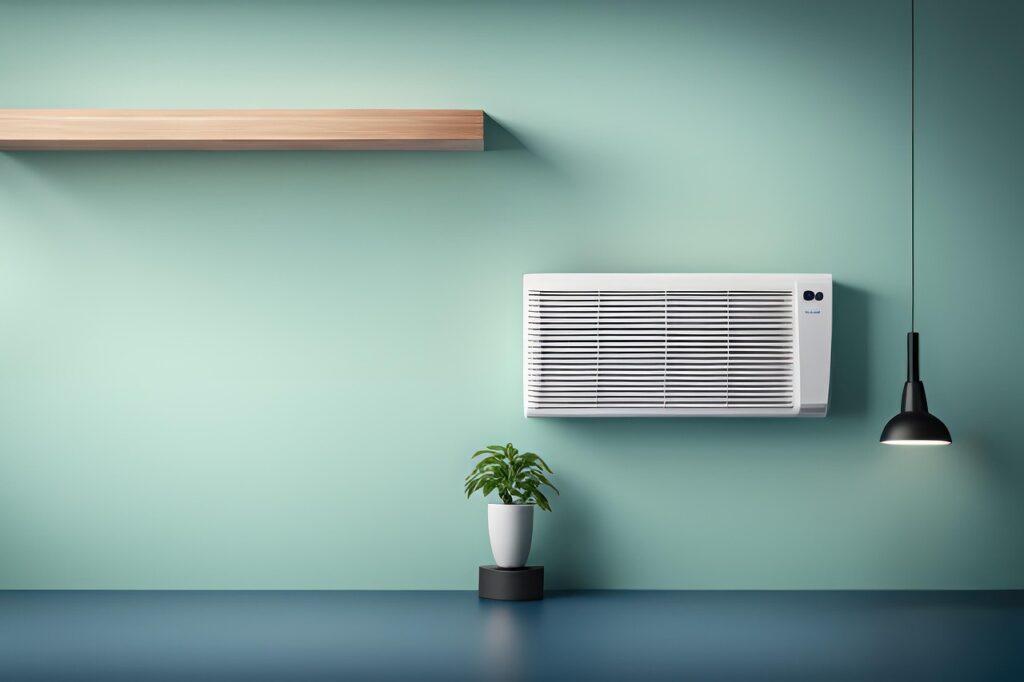As temperatures rise, the last thing you want is for your air conditioning unit to fail when you need it most. Properly preparing your AC system before summer ensures it runs efficiently, keeps energy bills manageable, and extends the unit’s lifespan. Here’s a step-by-step guide to getting your air conditioning ready for the season.
- Replace or Clean the Air Filters
Air filters trap dust, pollen, and other airborne particles, preventing them from circulating through your home. A clogged filter forces your AC to work harder, reducing efficiency and increasing energy costs. Check your filter every one to three months and replace or clean it as needed.
- Inspect and Clean the Outdoor Unit
Your AC’s outdoor unit, also called the condenser, can accumulate debris like leaves, dirt, and grass clippings over time. Before turning your system on for the summer:
Remove any debris from around the unit.
Use a garden hose to gently rinse off dirt from the condenser coils.
Trim back any vegetation at least two feet from the unit to allow for proper airflow.
- Check the Thermostat
Ensure your thermostat is functioning correctly and set to an optimal temperature. Consider upgrading to a programmable or smart thermostat to maximize efficiency by automatically adjusting temperatures based on your schedule.
- Examine the Ductwork
Leaky or dirty ductwork can hinder your AC’s performance and lead to uneven cooling. Check for visible leaks, dust buildup, or disconnected sections. Sealing leaks and cleaning ducts as needed can improve airflow and help maintain consistent temperatures throughout your home.
- Test the System Before Summer Hits
Turn on your AC early in the season to check for any performance issues. Let it run for about 15–20 minutes and ensure:
Cool air is coming from the vents.
The system cycles on and off properly.
There are no unusual noises or odors.
If anything seems off, scheduling a professional inspection can prevent costly breakdowns later.
- Clear and Inspect the Drain Line
Air conditioners remove humidity from the air, and the condensation drain line channels the moisture away. A clogged drain line can lead to water damage and system inefficiencies. Locate the drain line near the indoor unit and flush it with a mix of water and vinegar to prevent clogs.
- Check Refrigerant Levels
Low refrigerant levels can indicate a leak and reduce cooling efficiency. If your AC isn’t cooling effectively, a professional HVAC technician can check refrigerant levels and address any leaks if necessary.
- Schedule Professional Maintenance
Even if everything appears to be in working order, a professional tune-up can catch small issues before they become major problems. A technician will:
Inspect and clean the coils.
Check electrical connections.
Ensure the system is running at peak efficiency.
Annual maintenance can help extend the life of your AC unit and improve its performance.
- Seal Windows and Doors
Your AC system works more efficiently when your home is properly sealed. Check windows and doors for drafts and apply weather stripping or caulking as needed to keep cool air inside.
- Consider an AC Upgrade if Necessary
If your AC unit is over 10–15 years old and struggles to keep up with demand, it may be time for an upgrade. Newer models are more energy-efficient and may reduce your cooling costs in the long run.
Final Thoughts
Preparing your AC for the summer months helps ensure a cool, comfortable home while preventing unexpected repairs. With regular maintenance and a few simple steps, you can keep your system running smoothly and efficiently all season long. Don’t wait until the first heatwave—get your AC ready now and enjoy a worry-free summer!

